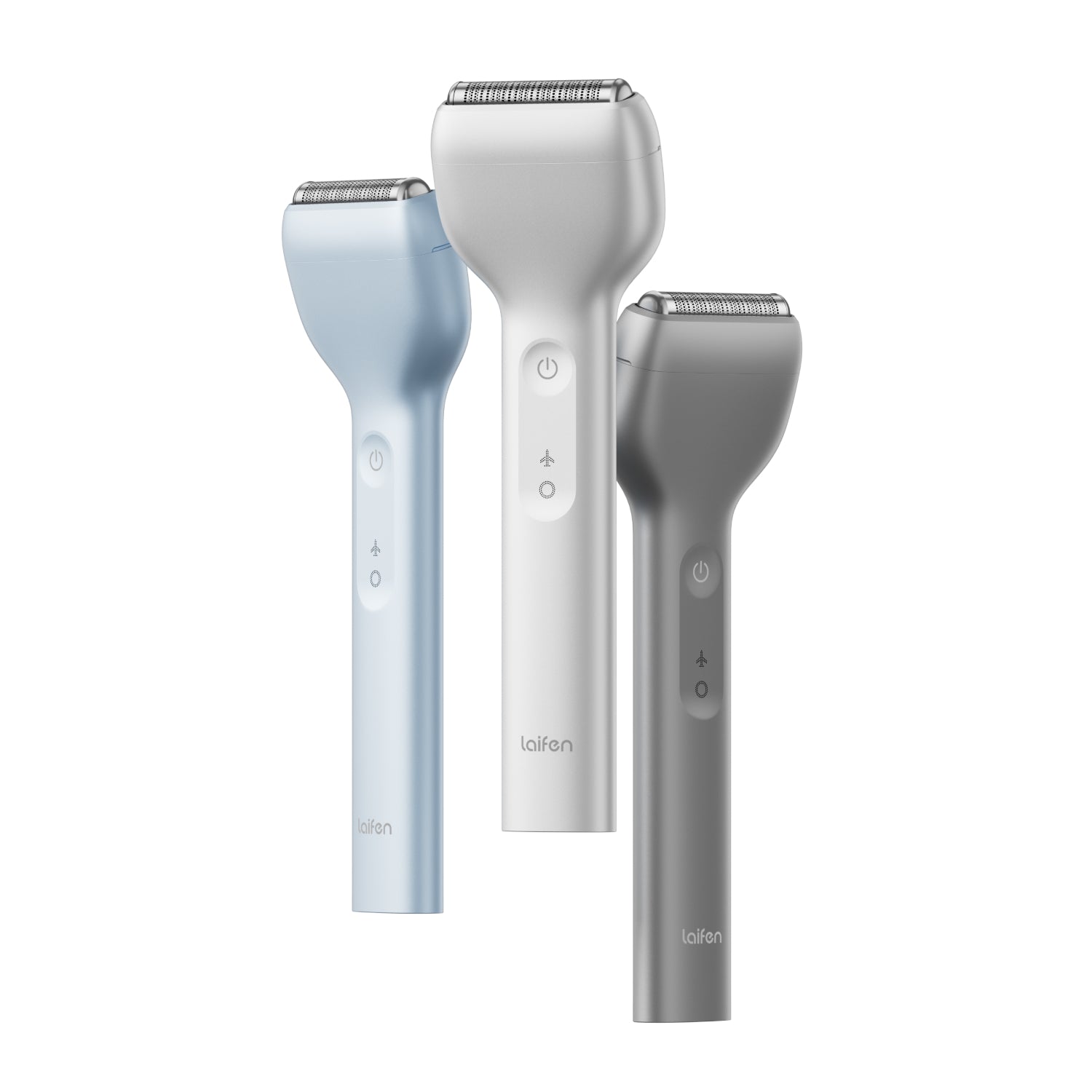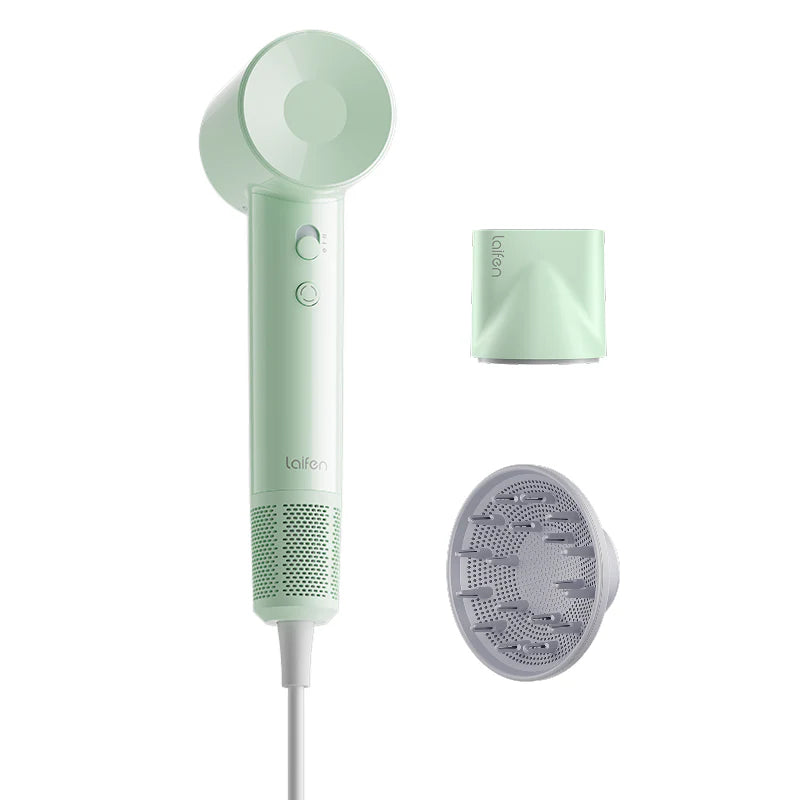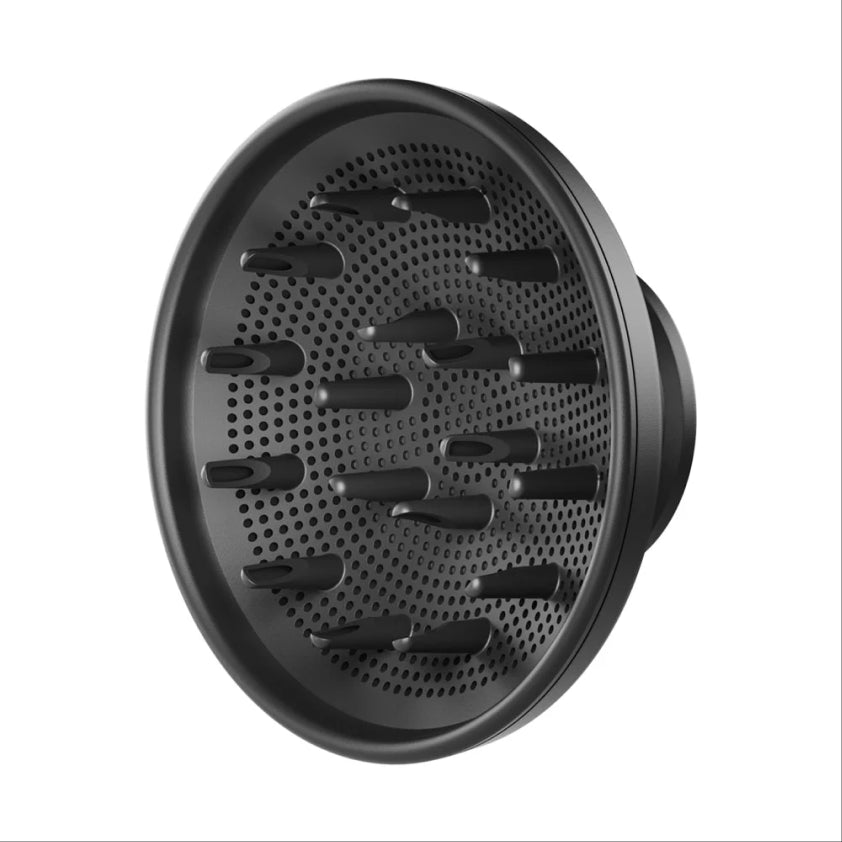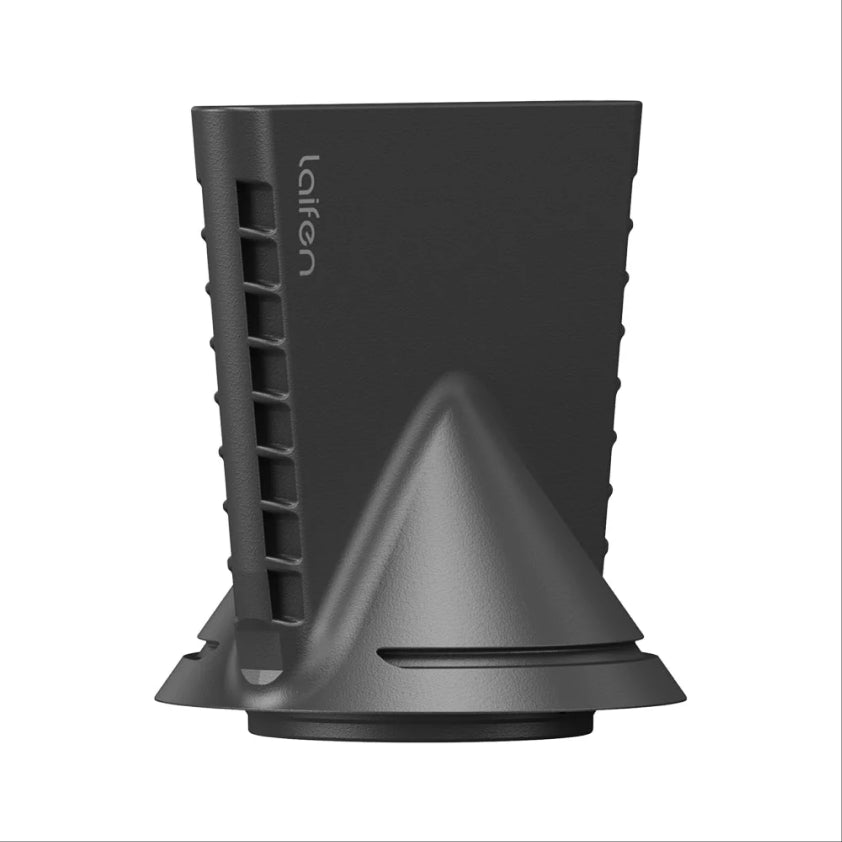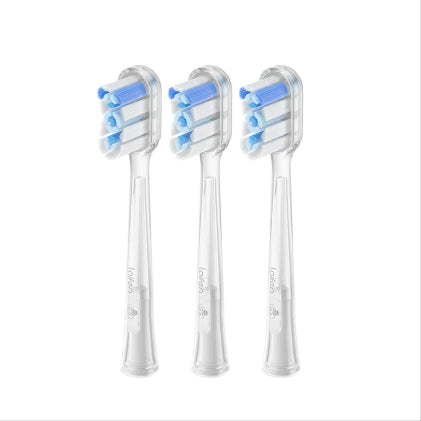
In this article
We all dream of having a full, healthy, and beautiful head of hair.
That’s why discovering an abundance of strands that are unintentionally shorter than the rest is so frustrating. Breakage is something that we’ve all likely experienced at some point, but we might not have known how to properly deal with it.
Fortunately, we’re covering all you need to know about breakage below, from root causes to effective treatments. Read on to learn how to keep those strands growing long and even!
What Is Hair Breakage?

As the name suggests, hair breakage is what occurs when individual strands of hair snap or break. Breakage is a result of damage; hair strands become weak and fragile when subject to excess stress or tension, and therefore can break or snap off more easily.
Breakage is different to general hair loss and shedding, as it still keeps the top part of the strand intact. It can occur at any part of the strand, from the top to the end.
What Hair Breakage Looks Like
Breakage creates more than a lack of uniformity between hair strands. It’s just one of a few side effects of damage, meaning your hair will likely also have split ends, dullness, and/or frizz if you’re struggling with breakage.
If you notice a large amount of shorter strands within your hair, chances are you’ll want to take some measures to treat and prevent further breakage.
The Causes Of Hair Breakage
There are a lot of reasons why you might be experiencing breakage:
- Excessive heat styling. Too much heat dries out strands, causing hair to become weak, brittle, and more prone to breakage.
- Excessive chemical exposure. Chemical treatments like keratin smoothing, relaxing, perms, dyeing, and bleaching also dry out hair and make it vulnerable.
- Moisture loss. Even without the use of heat or chemical treatments, your hair can lose moisture if your routine lacks nourishing and hydrating products.
- Pulling & tight hairstyles. Brushing techniques and hairstyles that require a lot of pulling put extra stress and tension on the hair.
- Overwashing. Too much shampoo can strip hair of its natural oils and leave it dry, even if you follow up with conditioner.
- Hard water. Water is generally classified as either hard or soft based on its mineral content, and this can make a big difference when it comes to haircare. Hard water has a high concentration of minerals like calcium and magnesium, which leave build up on hair and cause dryness. If you live in an area with hard water, it could be contributing to hair breakage.
- Lifestyle factors. Stress, a poor diet, and nutritional deficiencies such as a lack of protein, iron, vitamin C, vitamin D, and biotin also contribute to hair health and risk of breakage.
How To Stop Hair Breakage

Fortunately, breakage can be prevented by adjusting your haircare routine and leading the right kind of lifestyle.
-
Minimize your hair’s exposure to heat. Avoid washing your hair with steaming hot water – warm or lukewarm is fine if you don’t want to take cold showers. Take a break from flat and/or curling irons, and use a hair dryer with a cool blast feature or a temperature cycling mode (be sure to use a heat protectant if you do use warm or hot settings). You may also choose to partially air dry your hair.
Pro tip: all Laifen hair dryer models come with Smart Temperature Control, so you’ll never have to worry about your hair dealing with excess heat. - Space out your wash days. How often you wash will depend on your hair type and your unique needs, but try to avoid daily washing if possible. You may also want to switch to a sulfate-free shampoo that’s gentler on hair.
- Avoid jersey towels. Conventional jersey towels have a rough texture that creates friction against hair. Switch to a softer texture, like microfibre.
-
Be gentle when brushing. Use a detangler if necessary, avoid tugging on hair, and wait until your hair is dry to brush; wet hair is weaker and more fragile than dry hair.
Pro tip: Start at the tips and work your way up rather than tugging down and don’t overbrush – too much brushing, even gentle brushing, creates tension. - Wear loose hairstyles. Avoid tight ponytails, buns, and braids. Instead, choose looser styles or simply wear your hair down.
- Avoid harsh treatments & products. Take a break from treatments and products that are heavy on chemicals. Try to switch to gentle, natural formulas when possible. If you dye your hair, this may mean switching to natural dyes like henna or indigo.
- Bring extra moisture to your routine. Look for shampoos, conditioners, hair oils, serums, and masks with hydrating and/or nourishing formulas.
- Fight hard water. If you live in an area with hard water, use a clarifying shampoo a few times a month or consider installing a water filter/softener.
- Protect your hair while sleeping. Consider investing in a silk or satin pillowcase or hair bonnet; smooth fabrics reduce friction. If that’s not an option, you can always tie your hair into a loose braid for the night.
- Get regular trims & cuts. Sometimes, the best solution is to chop your ends off and start fresh. If you’re dealing with a lot of damage, you may want to consider a shorter hairstyle.
- Lead a healthy lifestyle. As they say, you are what you eat. A nutritious, balanced diet with plenty of hydration will also lead to healthier hair. To manage stress and improve your overall health, make sure you’re also exercising and engaging in self-care activities that bring you peace and joy.
Conclusion – Stopping Hair Breakage
Dealing with hair breakage is frustrating, but it’s also something that can be prevented. With the right haircare routine and lifestyle measures in place, you can strengthen your locks and enjoy beautiful, healthy hair. All you need to do is integrate moisture, go easy on heat, be gentle when styling, and prioritize your health!


